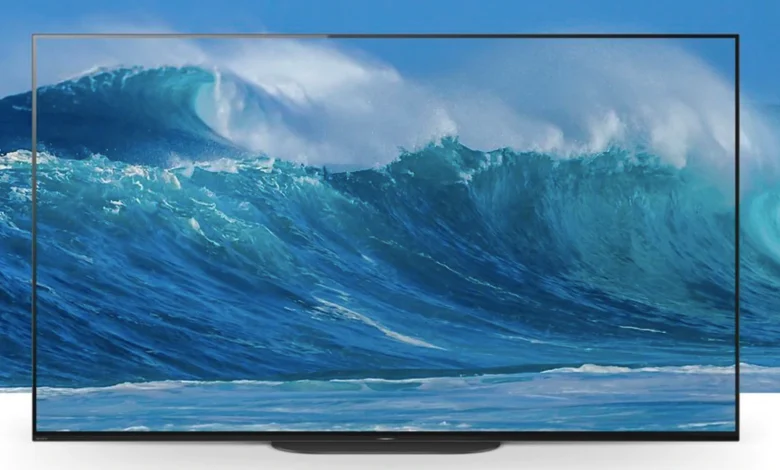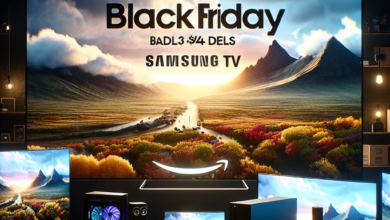Choosing Between QLED, OLED, and LED: Which is the Best Option?

When it comes to purchasing a new television, one of the most important decisions you’ll have to make is choosing the right display technology. With the market flooded with options, it can be overwhelming to determine which type of TV is the best fit for your needs. In this article, we will explore the differences between QLED, OLED, and LED technologies, and help you make an informed decision.
1. LED: The Traditional Choice
LED (Light Emitting Diode) TVs have been the go-to option for many years. They use an array of LEDs to illuminate the screen, providing bright and vibrant colors. LED TVs are known for their affordability and energy efficiency. They also offer a wide range of screen sizes and are available in both HD and 4K resolutions.
However, LED TVs have some limitations. One of the main drawbacks is their inability to produce true blacks. Since the LEDs are always on, even when displaying black content, there is always some light bleeding through, resulting in a less immersive viewing experience. Additionally, LED TVs may suffer from limited viewing angles, where the picture quality deteriorates when viewed from the side.
2. OLED: The King of Contrast
OLED (Organic Light Emitting Diode) TVs have gained significant popularity in recent years due to their ability to produce deep blacks and vibrant colors. Unlike LED TVs, OLED panels can turn off individual pixels, resulting in true blacks and infinite contrast ratios. This feature enhances the overall picture quality and provides a more immersive viewing experience.
Another advantage of OLED technology is its wide viewing angles. The picture quality remains consistent even when viewed from the side, making it ideal for large living rooms or gatherings. OLED TVs also have faster response times, reducing motion blur and providing smoother visuals, which is especially beneficial for gaming or watching fast-paced action scenes.
However, OLED TVs do have a few drawbacks. One of the main concerns is the potential for burn-in. If a static image is displayed for an extended period, it can leave a permanent mark on the screen. While this issue has been significantly improved in recent years, it is still something to consider, especially if you plan on using your TV for gaming or as a computer monitor.
3. QLED: The Best of Both Worlds
QLED (Quantum Dot Light Emitting Diode) is a relatively new technology that aims to combine the advantages of both LED and OLED. QLED TVs use a layer of quantum dots to enhance color accuracy and brightness. This technology allows for a wider color gamut and improved HDR (High Dynamic Range) performance.
One of the main advantages of QLED TVs is their resistance to burn-in. Unlike OLED, QLED panels do not suffer from permanent image retention, making them a safer choice for gamers or those who frequently use their TVs as computer monitors.
However, QLED TVs still have some limitations. While they offer excellent color accuracy and brightness, they may not match the deep blacks and contrast ratios of OLED TVs. Additionally, QLED TVs tend to be more expensive than their LED counterparts, although they are generally more affordable than OLED TVs.
Understand the Difference Between the Screens
Choosing the right TV technology ultimately depends on your specific needs and preferences. If you prioritize affordability and energy efficiency, LED TVs are a solid choice. For those seeking the best picture quality with deep blacks and infinite contrast, OLED TVs are the way to go, although the risk of burn-in should be considered. If you want a balance between color accuracy, brightness, and resistance to burn-in, QLED TVs offer a compelling option.
Ultimately, it is essential to consider factors such as budget, room lighting conditions, viewing angles, and usage patterns when making your decision. Visiting a showroom and comparing different TVs side by side can also help you determine which technology suits your preferences best. By understanding the differences between QLED, OLED, and LED, you can make an informed choice and enjoy a truly immersive viewing experience.




